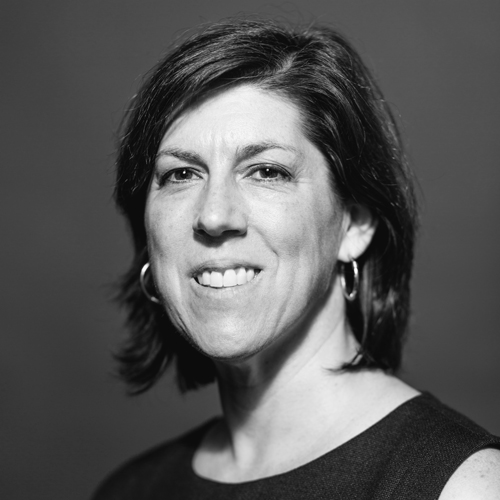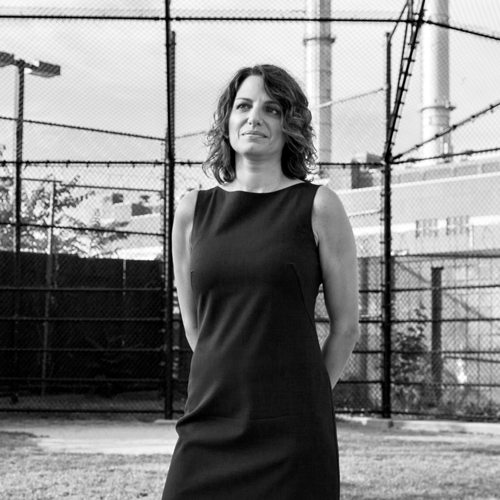When Steve Adams walked away from the life of a criminal prosecutor, dumpster diving was not the change he had in mind. Yet he’s done just that—a few times—and even claims success for his efforts.
Granted, he dives to gather evidence from dumpsters in Silicon Valley, not leftovers from typical trash cans. But Adams, vice president of global litigation and asset protection at Santa Clara, California-based Applied Materials, sees plenty of parallels to his days in the district attorney’s office. “Trade secret cases are kind of crossover criminal-civil cases with theft at the heart,” Adams says. “And a lot of trade secret cases at Applied have made for a natural transition for a criminal prosecutor.”
His background in criminal prosecution is more helpful in his current role than he ever imagined. Applied Materials is a giant in the tech industry; it delivers the technology that helps make innovations like smartphones, flat-screen TVs, and solar panels more affordable and accessible around the world.
Though the work is similar to what he’s seen before, the method in which he handles it is new to Adams. He collaborates with paralegals, administrative assistants, full-time support staff, independent contractors, as well as fellow attorneys. “It’s such a big mind-set shift to realize you are part of a broader enterprise and that your job is to drive the enterprise goals, rather than have everything revolve around what you’re doing,” he admits.
Good Counsel
Steve Adams on what makes a great in-house attorney
Nurture relationships.
Being able to informally reach out to the right person for assistance is critical to success everywhere, but particularly in an in-house setting.
Learn your business.
The better we understand the business and its needs as in-house lawyers, the more effectively we can use our unique positions and skills to drive solutions and integrate analysis.
Be flexible.
An in-house job frequently provides interesting and unanticipated career paths, but you may have to be willing to step off the main track to find them.
His days as a prosecutor may have made this shift in mind-set necessary, but Adams points out that few lawyers are used to working in teams. The entire process of getting into law school—not to mention thriving once admitted—is highly singular and competitive. The opportunities to work with others are slim-to-nonexistent, in his experience, and that is often true beyond graduation, too. “In big firms with big litigation matters, for instance, there will be teams that work together,” he says. “But I don’t think anyone’s focusing particularly on the team-building aspects of it. I think that would be unusual.”
The result of so many adjustments is a day-to-day existence at Applied Materials that is unlike any Adams has previously experienced. He’s had to learn to stop being the “outside lawyer,” he says, and start managing outside lawyers, instead—a role reversal that, initially, took him far outside his comfort zone. “You want to edit the briefs, but that’s not why you’re here,” he explains. “Your job now is to set the objectives and try to translate [the business’s] legal needs into a project the outside team is doing for you. I know I still have the tendency to want to hunker down and do it myself, rather than figure out what I need to do to enable the people working with me to do their jobs better.”
But there are key skills Adams honed as a prosecutor that he leans on to curb that do-it-all tendency. One is accountability; he says he learned to be responsible for the whole project—meaning a criminal investigation and trial—and not just for a smaller piece of it. Another is flexibility, which continues to be of utmost importance to Adams as he faces surprises every day.
There’s also communication—which may seem obvious, but it’s more crucial at Applied because his team is in 11 different offices worldwide. “Simply learning to speak slower and realizing English is a second language for many team members, is important,” he adds. Adams works hard to improve his own communication skills, a must for any attorney but even more crucial for a manager. “There’s a real premium on thinking through and simplifying the messaging, focusing on your core message, and getting that across clearly,” he says. “They don’t need to know the footnotes. They need to know the headlines.”
The headlines for Adams and Applied Materials include a lot of across-the-board intellectual property protection. The complex nuances of such undertakings help remind Adams that he’s in the right place and taking on the right challenges. “It’s fascinating for me to be able to work where the issues are incredibly important,” he says, “but figuring out how you communicate on a broad scale, and trying to really effect change in such a way that 20,000 people across the globe are interacting on these important issues is a real eye-opener.”


